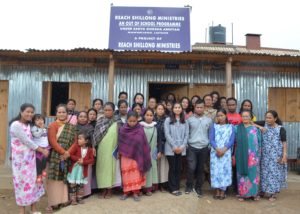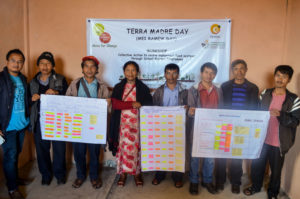The Department of Geography St. Mary’s College held an online webinar on the occasion of World Environment Day on 5th June 2021. Bhogtoram Mawroh, Senior Associate Research and Knowledge Management, represented NESFAS and was the Resource person in which he gave a presentation on ‘Indigenous Food System: A Bulwark against Biodiversity Loss’. The participants at the webinar were the students and faculty members of Geography Department.
Through this webinar, the participants were made aware of this issue; with environmental degradation intensifying, there is a call for restoring the natural ecosystem by restoring the biodiversity of what is lost and protecting what remains.
Some of the key points that Mawroh shared in his talk were:
Our communities are rich in culture and diversity where Indigenous food systems and agrobiodiversity is prominent.
Biodiversity is found in many villages of our communities like Ri-Bhoi and Jaiñtia Hills District where varieties of indigenous foods and wild edibles are found.
Production and cultivation of traditional food systems are a major significance of our indigenous culture and it is regarded as a local phenomena.
Agrobiodiversity is known as a primary source of food security as it is directly use within food systems and other contributions to agroecosystems.
With the coming of Green Revolution, biodiversity has declined due to the immense use of pesticides and chemicals and most of the land is degraded.
Therefore, with environment degradation such as loss of soil fertility, water pollution, deforestation, global warming and climate change, there is a need of renewing, restoring degraded, damage or destroyed ecosystem in the environment by human intervention.
Marwoh expressed, ‘From the interaction it was evident that there is still a lot of work that needs to be done which is required to bring more knowledge about the value of indigenous food systems, which is the custodian of agrobiodiversity. There is also a need to strengthen and promote the indigenous food systems, which acts as a defence of biodiversity and a sustainable ecosystem.”



